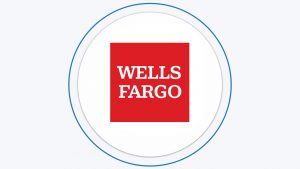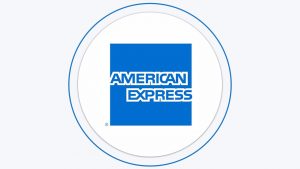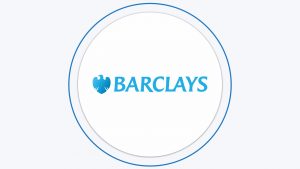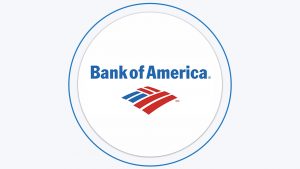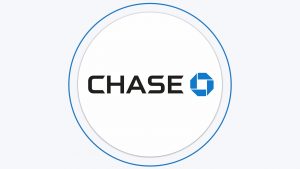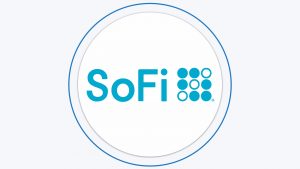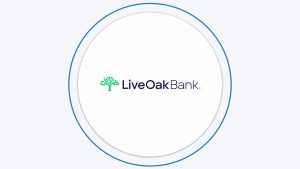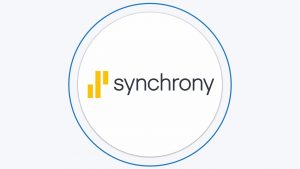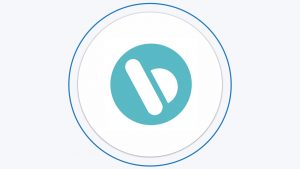Table Of Content
Simply – no, you can't avoid tax on your savings accounts earnings.
The interest earned on savings accounts is generally considered taxable income in the United States. This means that you are required to report the interest income on your federal income tax return and potentially on your state tax return as well, depending on your state's tax laws.
How Does Savings Account Tax Work?
Here's how savings account tax works in the US:
Taxable Interest: The interest you earn on your savings account is generally classified as taxable interest income. This applies to both traditional savings accounts and high-yield savings accounts. The interest income is usually reported to you by the financial institution on Form 1099-INT.
Reporting Interest Income: You are required to report the interest income earned from your savings account on your federal income tax return. The interest income is reported on Schedule B (Interest and Ordinary Dividends) of Form 1040 or 1040A. You may also need to report the interest income on your state income tax return, depending on your state's tax laws.
Taxation of Interest Income: The interest income from your savings account is generally subject to federal income tax at your applicable tax rate. The tax rate is determined based on your total taxable income, including the interest income earned. The interest income is generally taxed at your ordinary income tax rates.
For example, singles will be taxed according to the Single Filer Tax Brackets:
Taxable Income | Tax Due |
|---|---|
Not over $11,000 | 10% of taxable income
|
Over $11,000 but not over $44,725 | $1,100 plus 12% of the excess over $11,000
|
Over $44,725 but not over $95,375 | $5,147 plus 22% of the excess over $44,725
|
Over $95,375 but not over $182,100 | $16,290 plus 24% of the excess over $95,375
|
Over $182,100 but not over $231,250 | $37,104 plus 32% of the excess over $182,100
|
Over $231,250 but not over $578,125 | $52,832 plus 35% of the excess over $231,250
|
Over $578,125 | $174,238.25 plus 37% of the excess over $578,125
|
How To Calculate How Much Should I Pay?
Calculating how much you should pay in taxes on your savings account requires determining your taxable interest income and applying the appropriate tax rates. Here's a general process to help you calculate your tax liability:
Determine your taxable interest income: Review the Form 1099-INT provided by your financial institution, which reports the interest income earned on your savings account for the tax year. Add up the total interest income from all of your savings accounts.
Understand your tax bracket: Familiarize yourself with the tax brackets and rates applicable to your income level. The U.S. federal income tax system uses progressive tax rates, meaning that different portions of your income are taxed at different rates.
Calculate your taxable income: Consider other sources of income and deductions you may have that could impact your taxable income. Subtract any deductions or adjustments to income, such as student loan interest deduction or contributions to retirement accounts, from your total income to arrive at your taxable income.
Apply the tax rates: Once you have determined your taxable income, refer to the IRS tax brackets for the corresponding tax rates. Apply the tax rates to the appropriate income ranges to calculate the tax owed on your taxable interest income. For example, if you fall into the 22% tax bracket and your taxable interest income is $5,000, you would owe $1,100 in taxes (0.22 x $5,000).
Consider additional taxes: In addition to federal income tax, be aware of any state and local taxes that may apply to your savings account interest income. Check the tax laws in your state or consult a tax professional to determine the applicable rates and calculate your state and local tax liability.
Remember that this is a general overview, and the calculations may be more complex depending on your specific circumstances and the tax laws in your country.

How To Pay It?
Once you have determined your tax liability, you will need to pay the amount owed. There are several payment options available, including:
- Electronic Payment: You can make an electronic payment directly from your bank account using the IRS's Electronic Federal Tax Payment System (EFTPS). Visit the EFTPS website (www.eftps.gov) to set up an account and make your payment.
- Credit or Debit Card: The IRS accepts tax payments through various approved credit or debit card providers. You can make a payment online or by phone, but keep in mind that there may be processing fees associated with this option.
- Check or Money Order: If you prefer to pay by check or money order, make it payable to the “United States Treasury.” Include your name, address, and the tax year on the payment. Mail the payment to the appropriate IRS address provided in the tax form instructions.
Top Offers From Our Partners
![]()
Top Savings Accounts From Our Partners
Quontic High Yield Savings
- 4.50% APY on savings
- Interest is compounded daily
- No Monthly Service Fees
CIT Savings Connect
- Up to 5.00% APY on savings
- No monthly service fees.
- Zelle, Samsung & Apple Pay
Advertiser Disclosure
The product offers that appear on this site are from companies from which this website receives compensation.
Top Offers From Our Partners
![]()
![]()
Alternative Savings Options with Tax Advantages
If you're looking for tax-free alternatives to traditional savings accounts, there are several options available. These alternatives may offer tax advantages that allow you to grow your savings without incurring tax liabilities on the earnings. Here are a few common tax-free alternatives:
Roth IRA: A Roth IRA (Individual Retirement Account) is a retirement account where contributions are made with after-tax money. While contributions are not tax-deductible, qualified withdrawals, including earnings, are tax-free. Roth IRAs offer potential long-term growth and tax-free income in retirement.
- Roth 401(k): If your employer offers a Roth 401(k) option, you can contribute to this retirement account with after-tax money. Similar to a Roth IRA, qualified withdrawals, including earnings, are tax-free. Unlike a Roth IRA, there are no income limitations for contributing to a Roth 401(k).
Health Savings Account (HSA): An HSA is a tax-advantaged account designed for individuals with high-deductible health plans. Contributions to an HSA are tax-deductible, and the earnings and withdrawals used for qualified medical expenses are tax-free. HSAs provide a triple tax advantage, as contributions, growth, and withdrawals can be tax-free.
529 College Savings Plan: A 529 plan is a tax-advantaged savings plan specifically for education expenses. While contributions to a 529 plan are not deductible for federal taxes, earnings within the account grow tax-free, and qualified withdrawals for education expenses are also tax-free.
- Traditional IRA/401(k): Both traditional IRAs and traditional 401(k) plans offer potential tax advantages by allowing you to defer taxes on the contributions and earnings until retirement. This can provide immediate tax benefits by reducing your taxable income in the year of contribution.
It's important to note that these alternatives have specific rules, contribution limits, and eligibility criteria. Additionally, they are designed for specific purposes (such as retirement or education savings).
FAQs
Are there any deductions or exemptions for savings account interest?
There are no specific deductions or exemptions for savings account interest income at the federal level. However, some states may offer specific deductions or exemptions for certain types of interest income.
What if I didn't receive a Form 1099-INT for my savings account interest?
Even if you did not receive a Form 1099-INT, you are still required to report the interest income earned from your savings account on your tax return.
Can I offset the tax on my savings account interest with capital losses?
Capital losses can be used to offset capital gains, but they generally cannot be directly offset against interest income from a savings account.
What if I overpaid taxes on my savings account interest income?
If you overpaid taxes on your savings account interest income, you may be eligible for a tax refund when you file your income tax return.
Are joint savings accounts taxed differently?
Joint savings accounts are typically taxed based on the ownership share of each account holder. Each account holder should report their share of the interest income on their individual tax returns.


